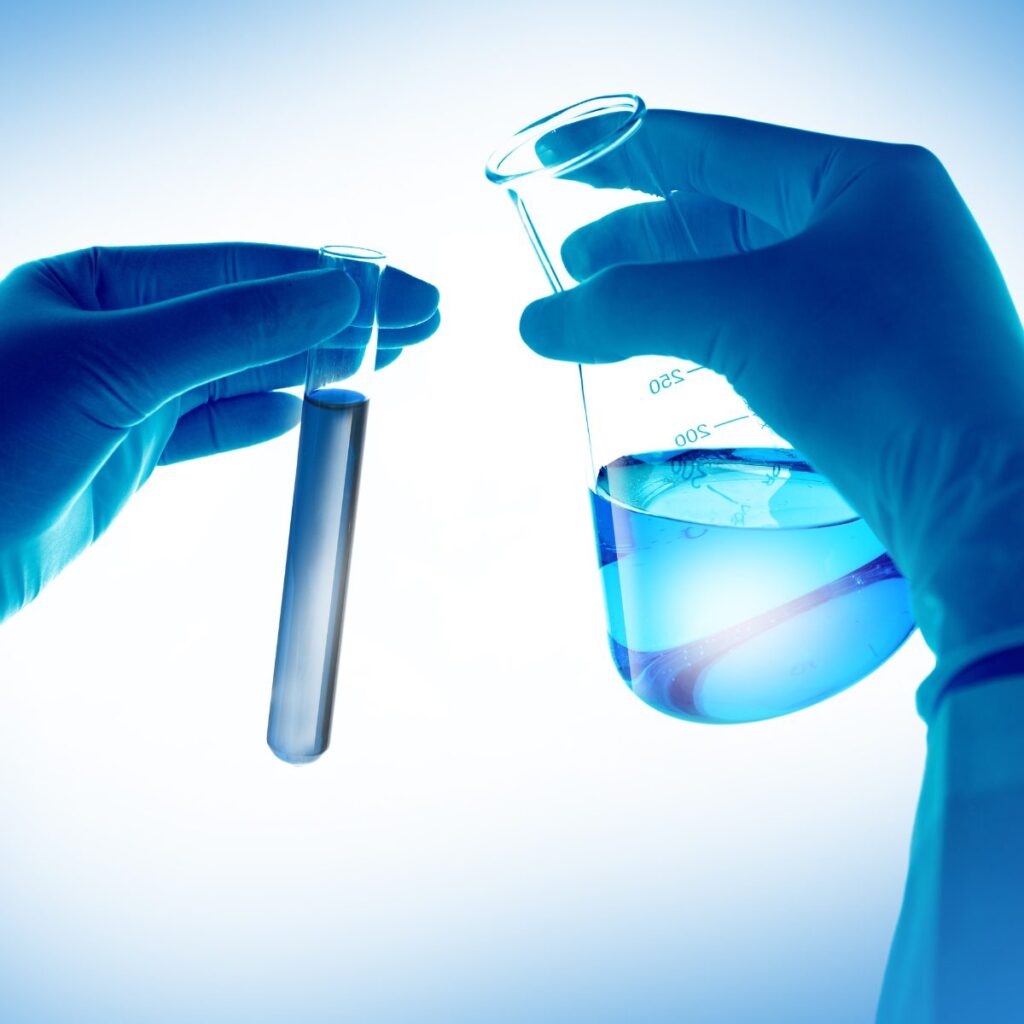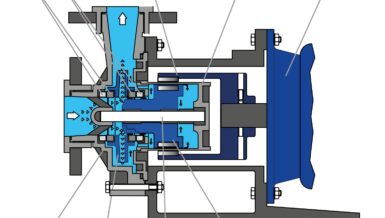Monitoring fluid mixing is an application where ITS’s electrical tomography technology has been especially effective in providing instantaneous dynamic imaging for either inline or static mixing processes through the use of either an inline spool-piece sensor array or a dip-probe sensor.
So what does mix-monitoring look like using ITS technology? The video below provides some insight, albeit within a laboratory setting, to monitor the mixing of raspberry squash with water in a container equipped with an impeller to facilitate homogenous mixing.
Manufacturing operations as diverse as the chemical, food, beverage, FMCG, cosmetics, personal care, and pharmaceutical industries all require the effective mixing of raw ingredients. It is axiomatic that the constituent elements of a final product are properly mixed to ensure that the final product is both stable and homogenous to conform to any potential regulatory guidelines and to meet the end consumer’s expectations as regards to quality and safety.
While achieving homogenisation is obviously a challenge in many mixing applications, there are other more serious issues stemming from cavitation or the creation of ‘grottos’ where a constituent part of a compound is improperly mixed or where air or gas is trapped which prevents proper mixing. These issues are invariably the result of poorly designed or flawed mixing operations which ITS technology can detect in real-time.
It goes without saying that being able to identify cavitation, and other mixing process defects, in real-time yields many advantages, especially when one considers that mixing faults sometimes necessitate the destruction of an entire product batch. So how do we determine the efficiency and efficacy of a mixing operation to identify processing defects in real-time and prevent product destruction and a loss of revenue?
ITS’s electrical tomography is able to provide instantaneous intelligence and real-time insights to meet a manufacturer’s end goals – as outlined above. A good example involves mixing suspended solids where sedimentation, resulting from solids settling at the bottom of a container, becomes problematic.
Sedimentation is an especially acute problem for the pharmaceutical industry in the manufacture of vaccines, where aluminium-based adjuvants have a propensity to sediment and undermine vaccine homogeneity. A recent paper published in the Journal of Pharmaceutical Innovation demonstrated the efficacy of electrical resistance tomography (ERT) to accurately monitor vaccine homogeneity. The paper can be found here.
It also goes without saying that electrical tomography can also be used to accurately monitor the dissolution of solids into liquid as part of any number of other manufacturing processes. Electrical tomography can be used for a wide range of suspended solid applications depending on the properties of the suspended solid in question; electrical resistance tomography (ERT), electrical capacitance tomography (ECT), and even a dual modality system can be used to monitor mixing and detect sedimentation of a suspended solid in certain cases.
Aside from obvious considerations regarding product quality and customer satisfaction, mix homogeneity is especially important in the personal care and pharmaceutical industries where active ingredients must be mixed to achieve total uniformity in the interests of product safety and clinical efficacy. Alongside assessing operational effectiveness, issues relating to product and clinical safety have obvious legal ramifications regarding product safety.
ERT also has the ability to render images in three-dimensions (3D) as well as the customary two-dimensions (2D) to further enhance electrical tomography’s real-time diagnostic capabilities. This functionality was ratified as far back as 2010 in a paper published in Chemical Engineering Research and Design linked here!
The video below further demonstrates ERT’s capacity to render a 3D tomogram using 4 sensor planes to monitor mixing and/or separation using the ITS Smart Column – a specialised application designed to monitor protein purification in the pharmaceutical industry.
Mix homogeneity extends beyond liquid-liquid or liquid-solid interactions and needs to include other parameters like temperature and heat transfer. Consistency of temperature is especially important in food technology applications with various pasteurisation protocols including high-temperature short-time (HTST), high-heat short-time HHST), and ultra-high temperature (UHT). Many of which have operational temperature parameters are mandated by law. ITS technology can extend beyond visualisation to also monitor heat transfer and other operational parameters as required.
So if your industrial mixing process is in need of optimisation, or if you are a researcher wanting to make the “invisible” intricacies of mixing “visible”, ITS has the right mixing monitoring solution for you.











